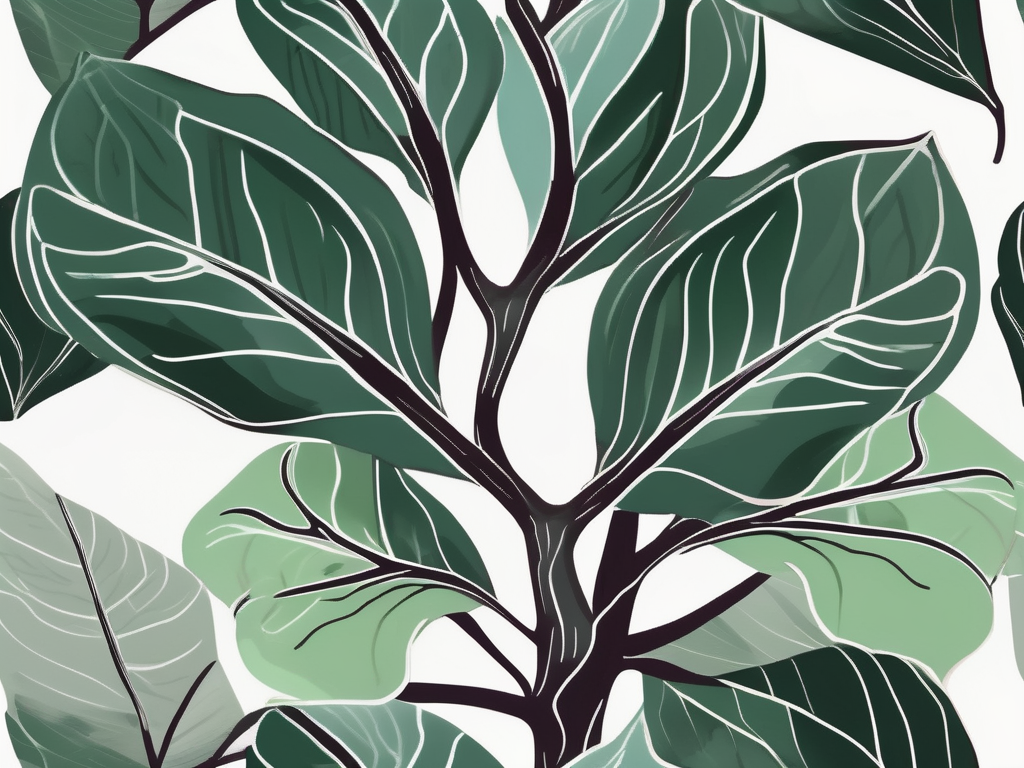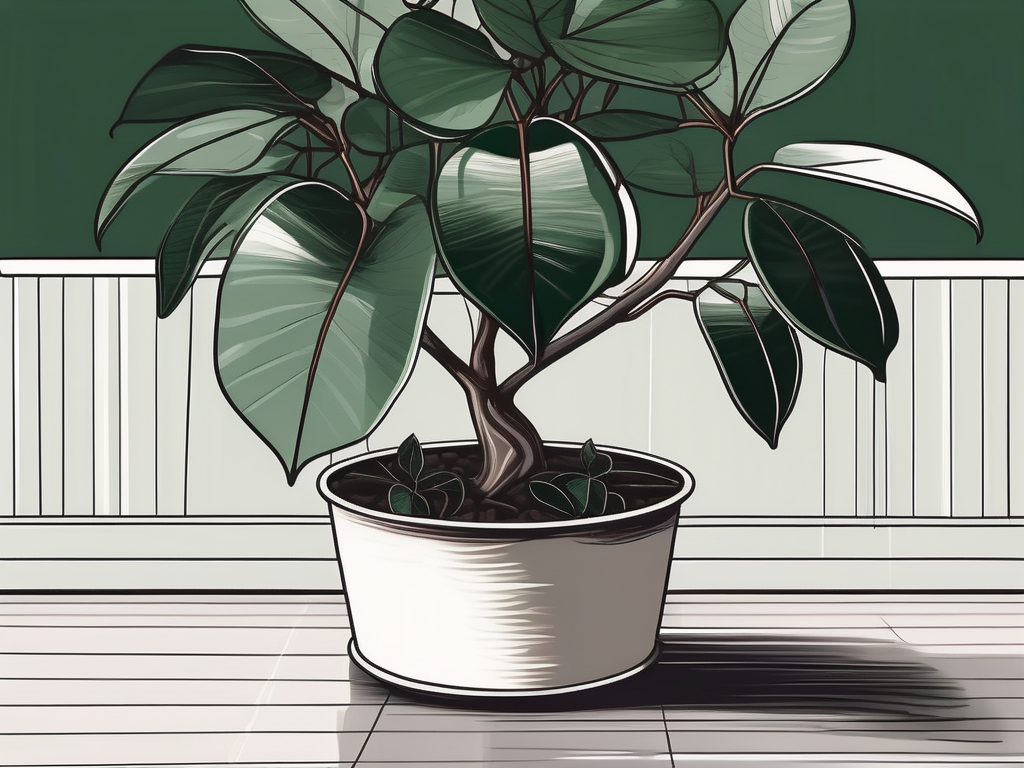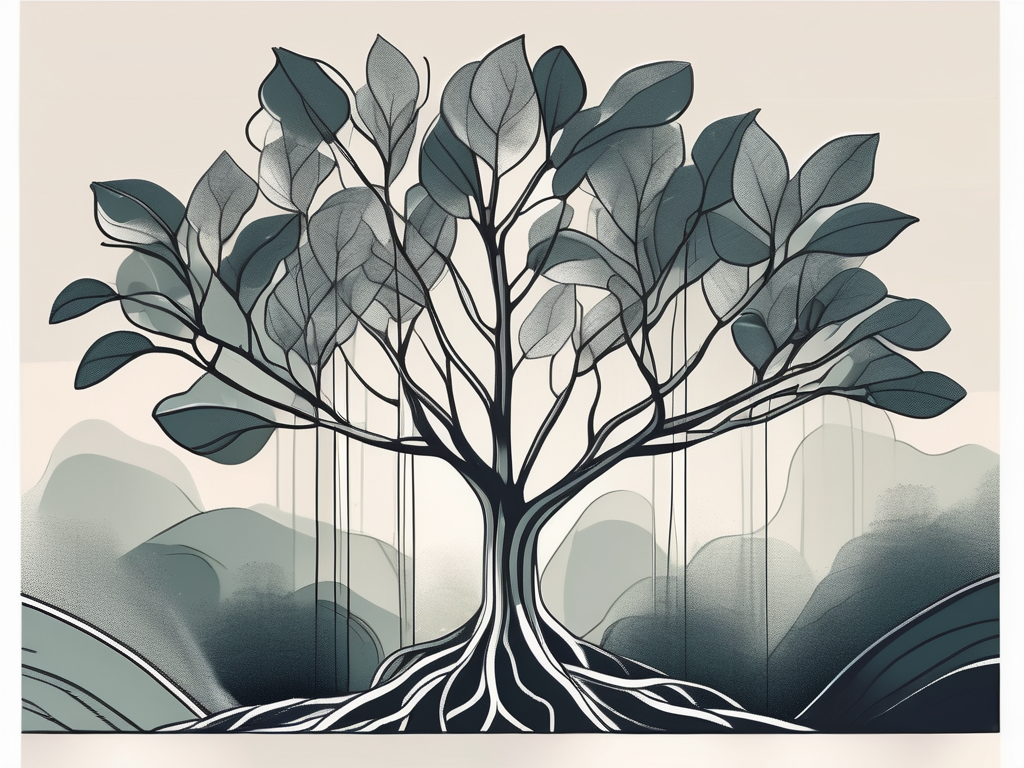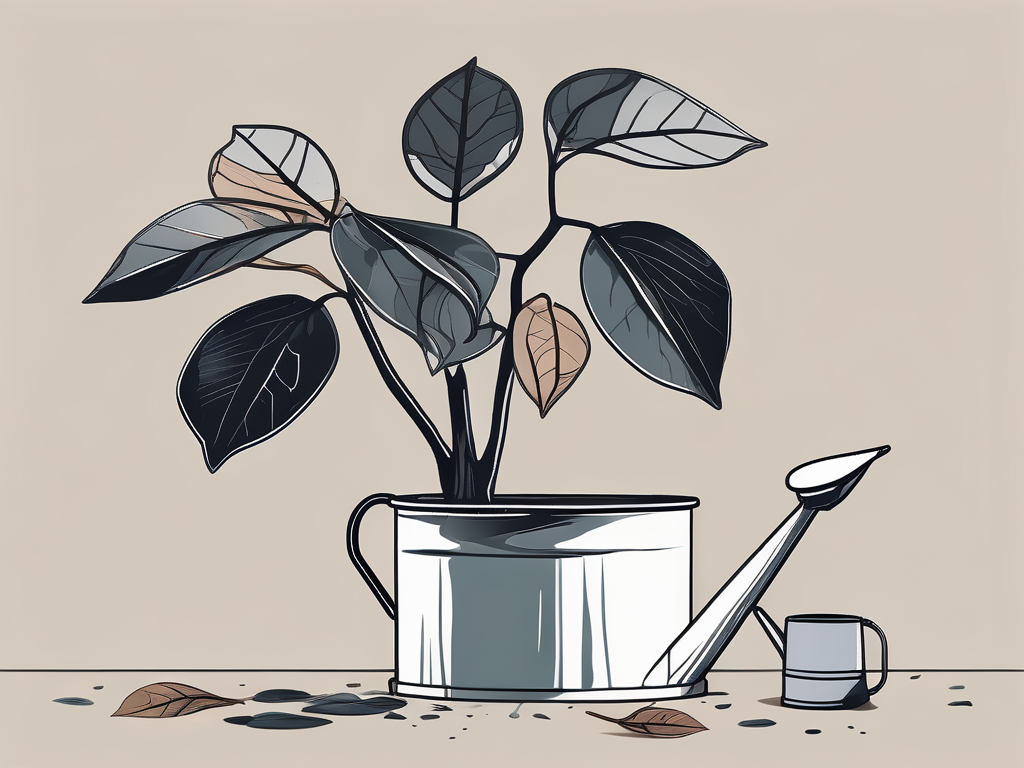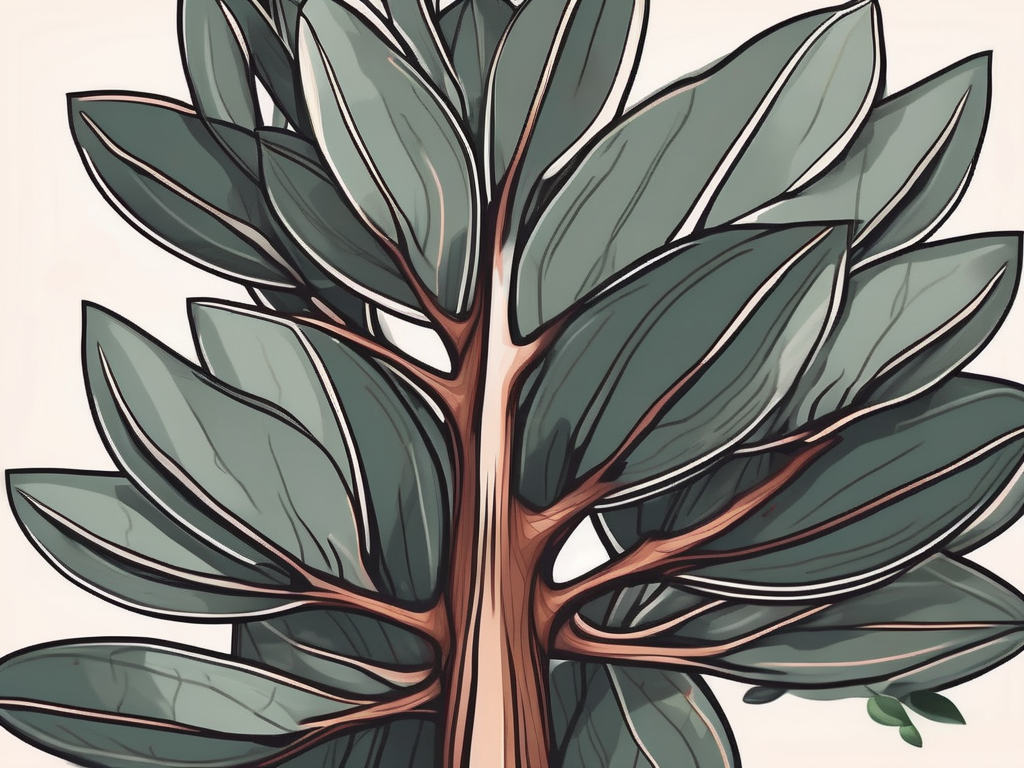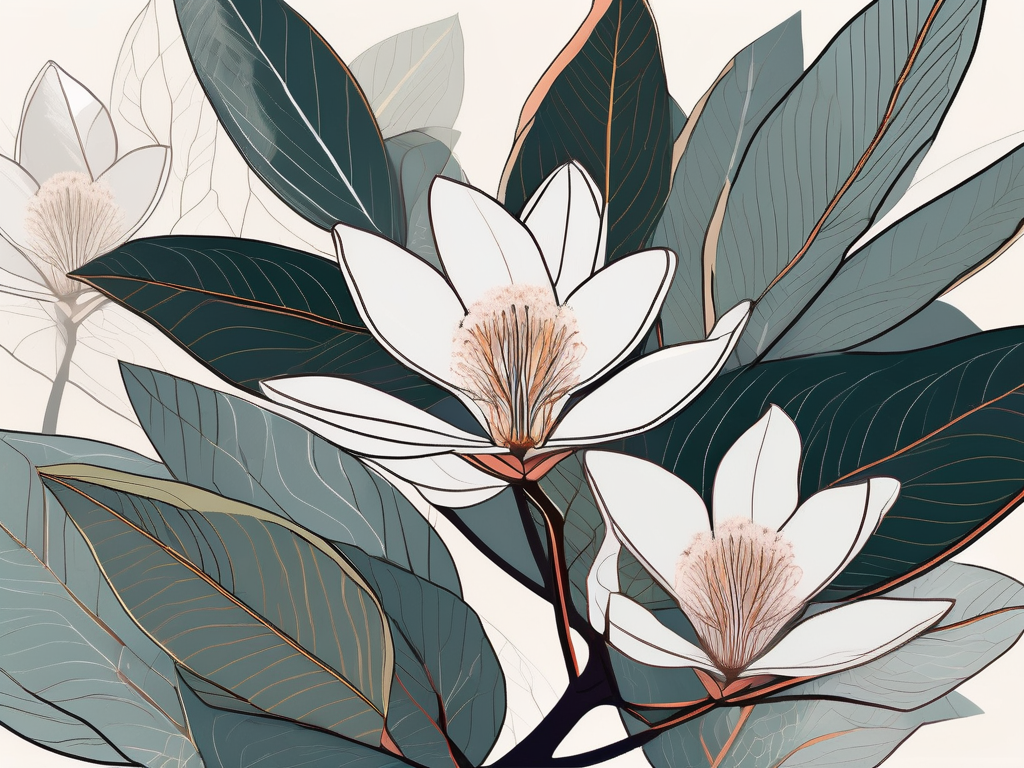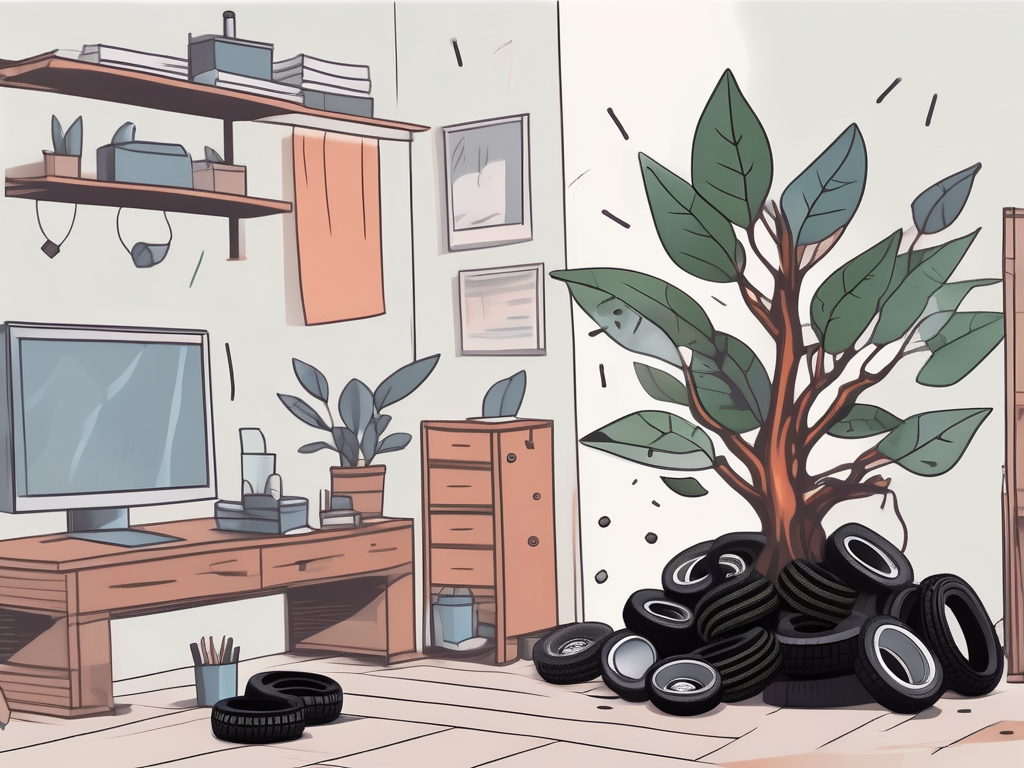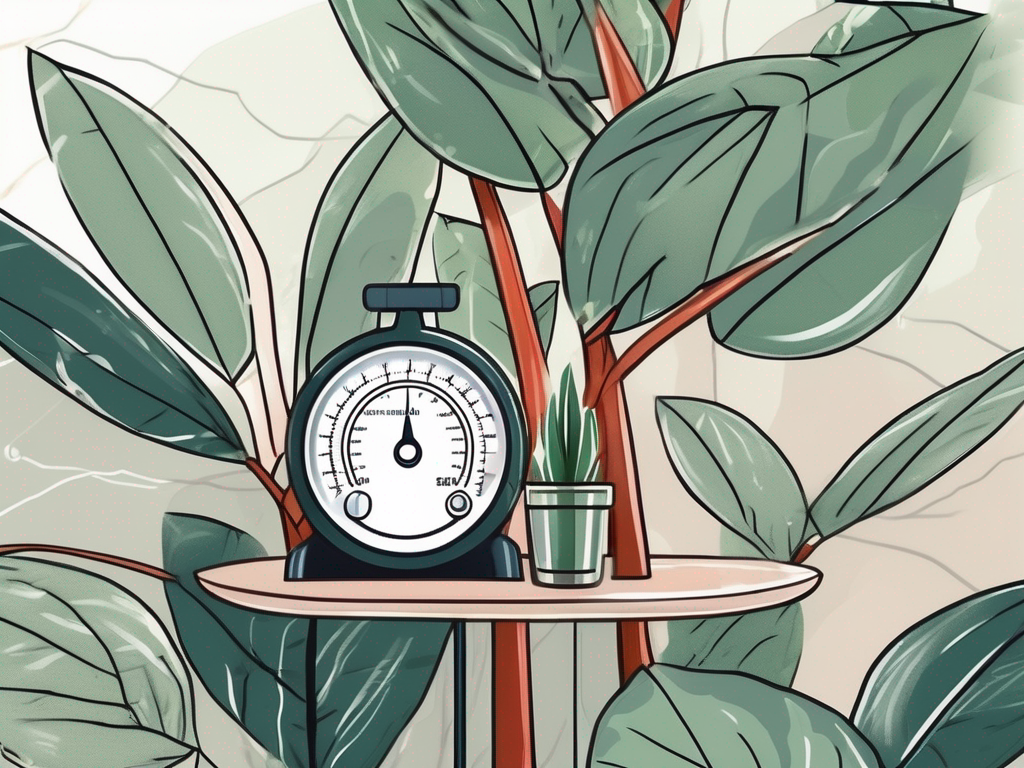
Rubber trees, with their broad, glossy leaves and impressive stature, are a favorite among plant lovers. They not only bring a touch of the tropics to any room but also help purify the air. However, to keep these majestic plants thriving, it's crucial to understand their temperature preferences.
In this article, we’ll explore the temperature needs of rubber trees, examine how to recognize signs of temperature stress, and offer tips for maintaining the ideal environment for your leafy friend. By the end, you'll feel more confident in keeping your rubber tree happy and healthy.
Getting to Know the Rubber Tree
The rubber tree, or Ficus elastica, is native to Southeast Asia, where it grows in warm, humid conditions. In their natural habitat, these trees can reach impressive heights, but as houseplants, they are more modest in size, usually peaking at around 6 to 10 feet indoors.
These plants are part of the fig family, and like their relatives, they appreciate consistent care. A key part of this is providing the right temperature. But what does that mean for a plant that originates from the tropics? Let's break it down.
Ideal Temperature Range
Rubber trees thrive in temperatures between 60°F and 75°F (15°C to 24°C). This range mimics the warm, stable conditions found in their native habitat. If you're comfortable in your home, chances are your rubber tree will be too.
However, these plants can tolerate brief periods outside this range. While they're somewhat hardy, prolonged exposure to temperatures below 55°F (13°C) can cause stress and damage. On the flip side, excessively high temperatures can lead to problems with humidity and water retention.
Signs Your Rubber Tree is Unhappy with the Temperature
So, how do you know if your rubber tree is feeling the heat—or the chill? Here are some telltale signs to watch out for:
- Leaf Drop: One of the most common indicators of stress in a rubber tree is leaf drop. If your plant starts shedding leaves, it could be reacting to sudden temperature changes.
- Yellowing Leaves: While some older leaves naturally turn yellow and drop, if you notice this happening to newer growth, it might signal a problem with temperature or watering.
- Leaf Curling: Curling leaves can be a sign of too much heat or dry air. This often goes hand in hand with browning leaf edges.
If you notice any of these symptoms, it's time to assess your plant’s environment and make adjustments as needed.
Creating the Perfect Environment
Now that we've identified the signs of a stressed rubber tree, let's talk about how to create the perfect environment for your plant. Here are some practical steps to ensure that your rubber tree stays healthy and vibrant:
Choosing the Right Spot
When selecting a location for your rubber tree, consider both the temperature and light conditions. A spot with bright, indirect light is ideal, as rubber trees can suffer from leaf burn if exposed to direct sunlight for too long.
Avoid placing your plant near drafty windows or doors, where it may be exposed to fluctuating temperatures. Similarly, keep it away from heat sources like radiators or vents that can dry out the air.
Maintaining Consistent Temperatures
Consistency is key when it comes to temperature. Try to keep your rubber tree away from areas that experience sudden temperature changes, such as near frequently opened windows or in drafty hallways.
Consider using a digital thermostat to monitor the temperature in the room where your rubber tree resides. This can help you keep conditions stable and adjust heating or cooling as necessary.
Handling Seasonal Changes
Seasonal changes can impact indoor temperature and humidity levels, so it's important to adapt your care routine accordingly.
Winter Care
During the winter months, indoor heating can cause the air to become dry, which isn’t ideal for rubber trees. To combat this, consider using a humidifier or placing a tray of water near your plant to increase humidity.
Additionally, keep an eye on the temperature near windows, as cold drafts can sneak in. If necessary, move your rubber tree to a more sheltered spot during particularly chilly spells.
Summer Adjustments
In the summer, the challenge is often keeping the temperature from soaring too high. If your home gets particularly warm, you might need to relocate your rubber tree to a cooler room or use fans to circulate air.
Just be cautious not to place your plant in the direct path of an air conditioner, as the cold air can cause stress. Instead, aim for a space with good airflow and stable temperatures.
Watering and Temperature
Interestingly enough, temperature can influence how much water your rubber tree needs. Warmer environments increase the rate of evaporation, meaning your plant might require more frequent watering.
However, overwatering can be just as harmful as underwatering. To strike the right balance, check the top inch of soil for dryness before watering. If it feels dry, give your plant a good drink. If it's still moist, hold off for a day or two.
Adjusting Watering Frequency
During cooler months, your rubber tree may not require as much water, as the rate of evaporation decreases. In contrast, during warmer months—or if your home is particularly warm and dry—be prepared to water more often.
Keep in mind that factors like pot size, soil type, and humidity can also affect how quickly the soil dries out. Regularly check the soil’s moisture level to ensure you're meeting your plant's needs.
Temperature and Soil Care
The right soil also plays a role in how well your rubber tree handles temperature changes. A well-draining soil mix will help prevent root rot, which can be exacerbated by fluctuating temperatures and overwatering.
Choosing the Right Soil
A good mix for rubber trees includes equal parts potting soil, peat, and perlite. This combination provides adequate drainage while retaining enough moisture to keep your plant happy.
If you live in an area with extreme temperatures, consider adding a layer of mulch on top of the soil to help regulate temperature and moisture levels.
Repotting Considerations
When repotting your rubber tree, do so during the growing season—typically spring or early summer. This allows the plant to recover more quickly and minimizes stress.
Choose a pot that's one size larger than the current one to avoid excess soil, which can retain too much water and lead to root rot. Ensure the new pot has drainage holes to allow excess water to escape.
Dealing with Temperature-Induced Pests
Temperature fluctuations can sometimes invite pests to your rubber tree. Warmer conditions, in particular, can lead to an increase in insect activity.
Common Pests and How to Handle Them
- Spider Mites: These tiny pests thrive in warm, dry conditions. To combat them, regularly mist your plant and wipe the leaves with a damp cloth.
- Scale Insects: These can appear as small, brown bumps on the stems and leaves. Use a neem oil spray or insecticidal soap to remove them.
- Mealybugs: Mealybugs leave a cotton-like residue on your plant. They can be removed with a cotton swab dipped in rubbing alcohol.
Regularly inspect your rubber tree for signs of pests, especially during warmer months. Early detection and treatment can prevent a small problem from becoming a larger issue.
Temperature Tolerance Variations Among Rubber Trees
Did you know that different varieties of rubber trees might have slightly different temperature preferences? While the Ficus elastica is the most common variety, others like the 'Burgundy' or 'Tineke' might show subtle differences in their temperature tolerance.
For example, the 'Burgundy' variety, with its dark, almost black leaves, may be slightly more tolerant of cooler temperatures than the standard green-leafed rubber tree. Meanwhile, the 'Tineke', with its variegated leaves, might be more sensitive to direct sunlight and prefer a shadier, cooler spot.
When choosing a rubber tree variety, consider your home’s conditions and how much time you’re willing to spend adjusting the environment for your plant. With a little research, you can find a variety that best suits your space.
The Role of Humidity
While temperature is important, humidity also plays a crucial role in the health of your rubber tree. These plants naturally thrive in humid environments, so increasing humidity can help them cope with temperature changes.
Ways to Increase Humidity
If your home is on the dry side, especially in winter, here are a few ways to boost humidity:
- Use a Humidifier: This is the most effective way to increase humidity around your plants.
- Create a Pebble Tray: Place a tray with pebbles and water under your plant's pot. As the water evaporates, it will increase humidity around the plant.
- Group Plants Together: Plants release moisture into the air, so grouping them can create a more humid microenvironment.
Maintaining the right humidity levels can make a significant difference in your rubber tree's ability to handle temperature fluctuations.
Final Thoughts
Understanding the temperature needs of your rubber tree is key to keeping it healthy and thriving. By maintaining a stable environment, adjusting for seasonal changes, and paying attention to humidity, you can ensure your plant stays happy year-round.
At Cafe Planta, we're here to support you on your plant journey. Whether you're looking for plant care tips or unique plant finds, we’ve got you covered. Feel free to email us with any plant care questions, or connect with us on Instagram. Let's grow our love for plants together!














